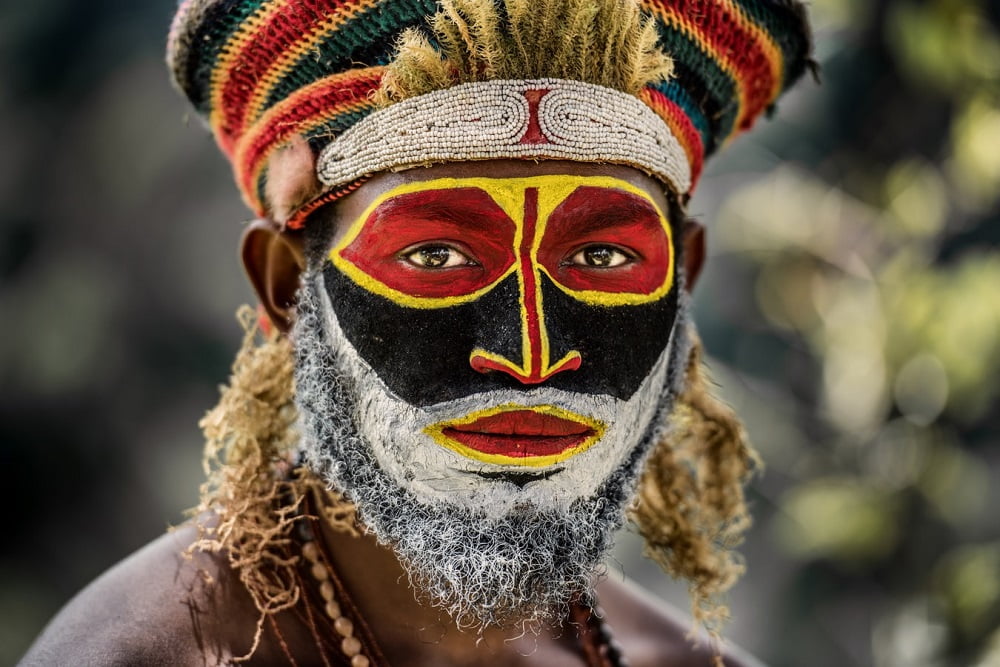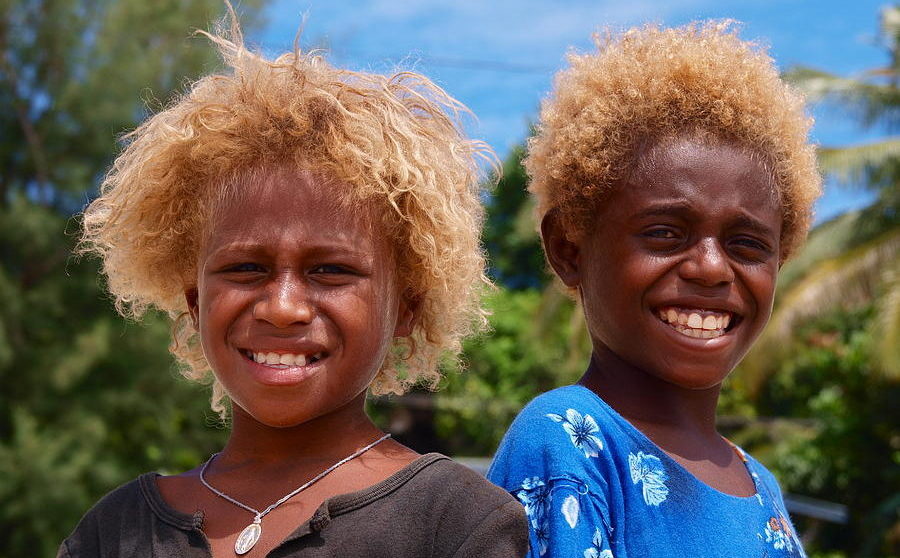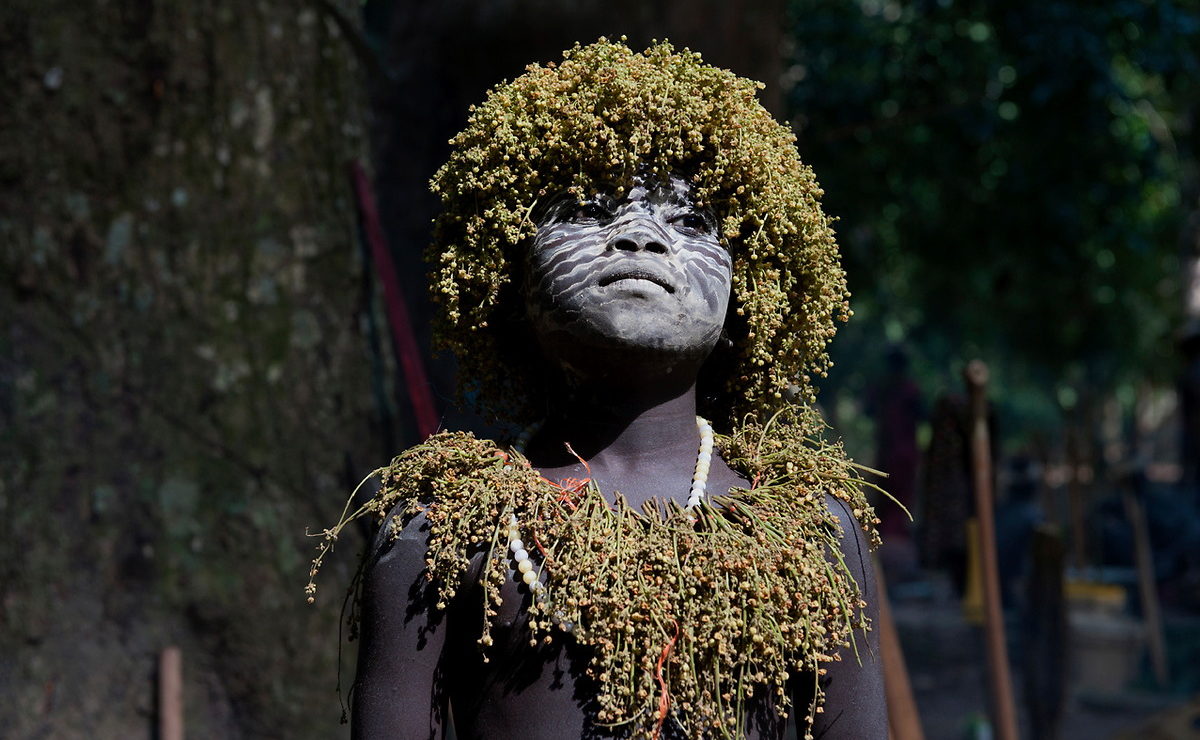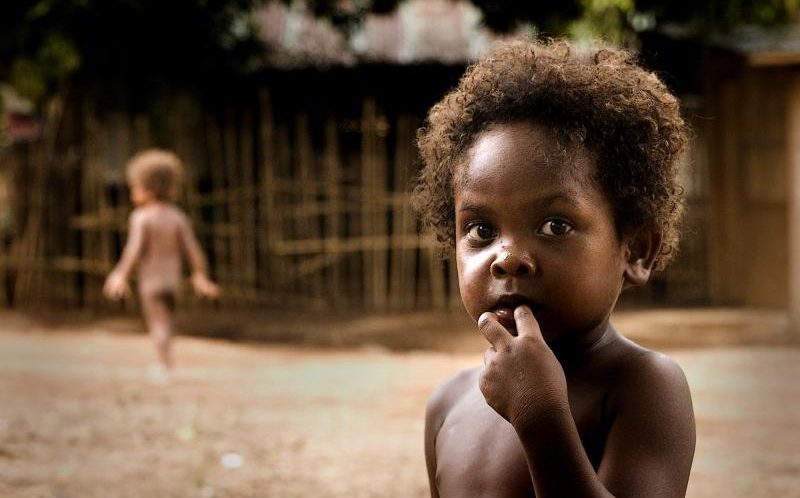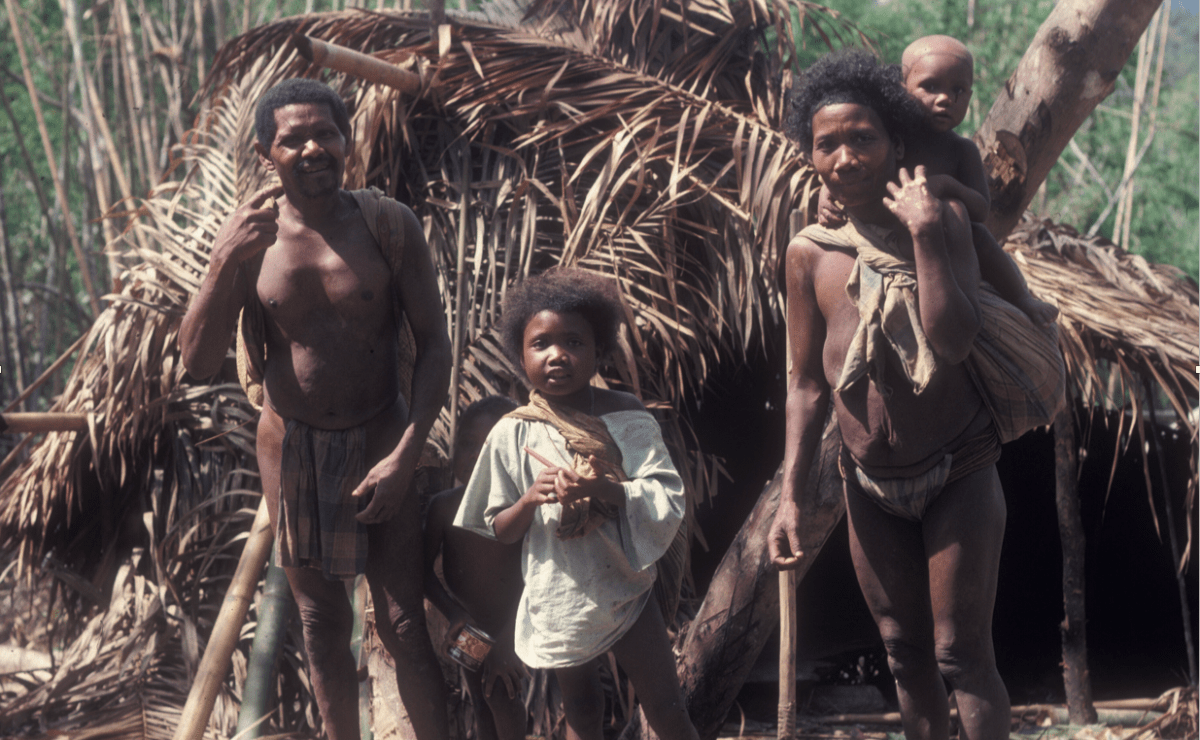The Papuans: Black and Blonde
The indigenous peoples of New Guinea, commonly called Papuans, are Melanesians. There is genetic evidence for two major historical lineages in New Guinea and neighboring islands:
- a first wave from the Malay Archipelago perhaps 50,000 years ago when New Guinea and Australia were a single landmass called Sahul,
- and, much later, a wave of Austronesian people from the north who introduced Austronesian languages and pigs about 3,500 years ago, and who left a small but significant genetic trace in many coastal Papuan peoples (only a minority of Austronesian-speaking Papuans have detectable Austronesian ancestry).
Linguistically, Papuans speak languages from the many families of non-Austronesian languages that are found only on New Guinea and neighboring islands, as well as Austronesian languages along parts of the coast, and recently developed creoles such as Tok Pisin, Unserdeutsch, and Papuan Malay.
The term “Papuan” is used in a wider sense in linguistics and anthropology. In linguistics, “Papuan languages” is a cover term for the diverse, mutually unrelated, non-Austronesian language families spoken in Melanesia, the Torres Strait Islands, and parts of Wallacea. In anthropology, “Papuan” is often used to denote the highly diverse aboriginal populations of Melanesia and Wallacea prior to the arrival of Austronesian-speakers, and the dominant genetic traces of these populations in the current ethnic groups of these areas.
In this exhibit you will see:
- Recent photography taken with Papuans permission.
- Papuans in pop-culture.
- Papuans in folklore, tales, or legends.
- Papuans in local historical accounts.
- Artifacts used and/or crafted by Papuans.
This exhibit is awaiting to be produced specifically for an interested individual/institution like yourself! Express interest in this exhibit and have it ready for display a year from today.
Request information on pricing and secure this show now below.
Request
